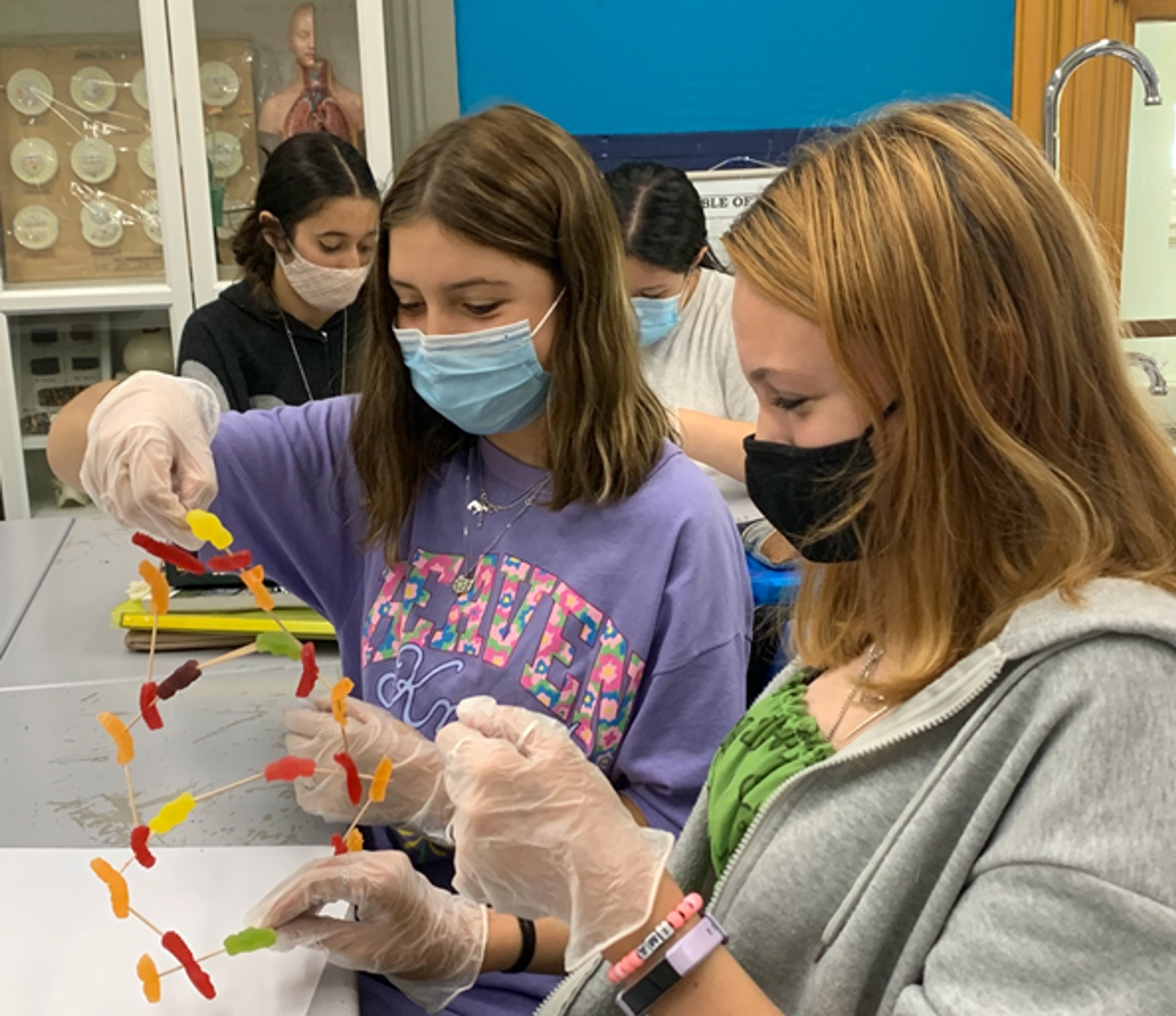10 Science

DNA to evolution
“We were so excited by the breakthrough (structure of DNA) that we ran to the nearest pub and announced that we had discovered the secret of life!” - James Watson
How often have you been told that you look like your father or your mother or even one of your grandparents? For the majority of the population the answer is likely to be quite often. Why? It’s all due to our genetics.
This term students have been learning about why we look the way we do, beginning with understanding that in all, except our red blood cells, there is up to two metres of DNA in every cell of our body. This DNA is the “blueprint” to the design of our body and the coding it contains is universal through all organisms. Students have learned how this DNA has small variations that allow a change in our eye or skin colour and even whether or not we can roll our tongue.
At this point I would like to thank all family members who took part in a survey that allowed students to analyse the data (growing every year) and identify the common genetic traits in the human population. Students then came to understand how this DNA is passed from parents to offspring through every generation, how family trees look from a genetic point of view and, as we round out the term, how DNA can change in slightly more dramatic ways to result in evolution.
Finally, students will set off for Melbourne Zoo at the end of the term to undertake a program that focuses on the evolution of primates.
Felicity Robinson & Amy Byrne
Teachers of Year 10 Science
